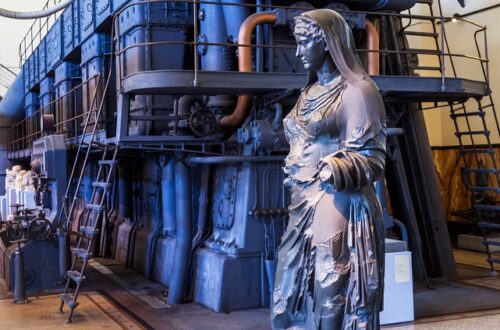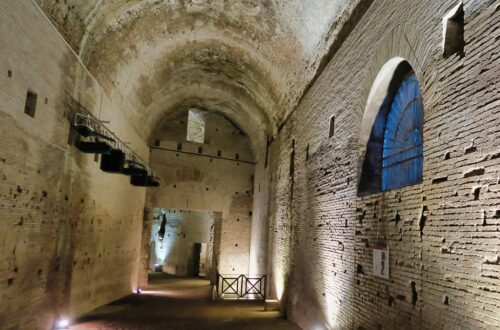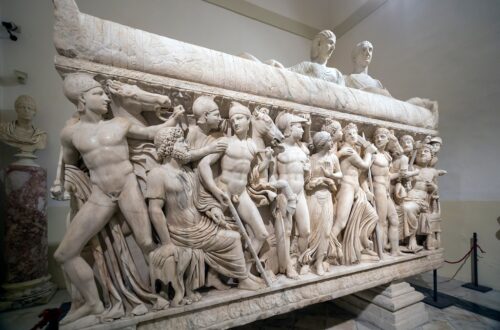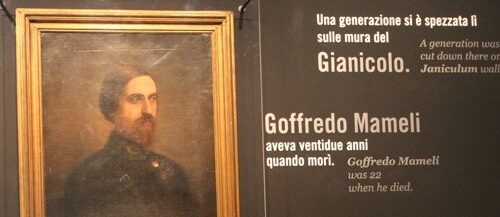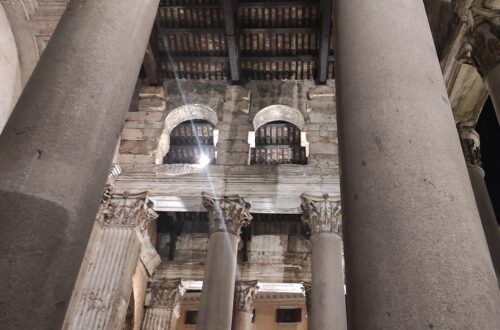Located in the heart of Rione XIII, the Museo di Roma in Trastevere is housed in the former monastery of Sant’Egidio, where the Discalced Carmelite nuns lived until the taking of Rome. Once restored in 1976, the building became the seat of the Museum of Folklore and Roman Poets, where materials related to Roman popular traditions from the Museum of Rome and the Gabinetto Comunale delle Stampe were kept. In 2000, it was reopened to the public under the name Museo di Roma in Trastevere and today hosts many temporary exhibitions, especially of photography, shows, as well as conferences and concerts.
The museum’s permanent collection shows the salient aspects of popular Roman life in the late 18th and 19th centuries: the main themes in the collection are costumes, popular dances, secular and religious festivals, and crafts.
In particular, it includes a collection of paintings, prints, drawings and watercolours, including a selection from the famous Roma sparita series by Ettore Roesler Franz and material belonging to the great poet Trilussa, donated after his death to the municipality of Rome and partly exhibited in the video installation called the Trilussa Room.

